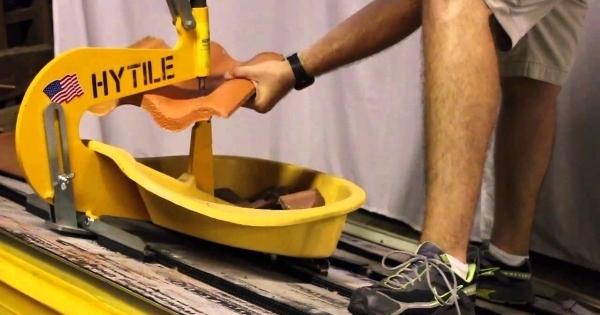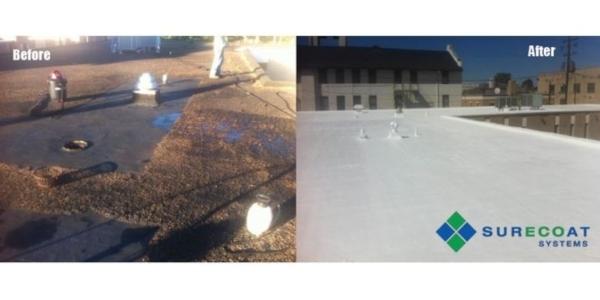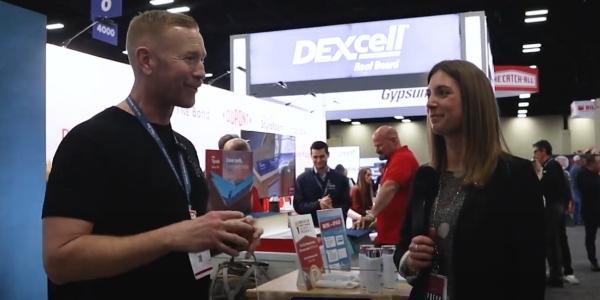Comparing self-adhered and TPO single-ply roofing

By Jesse Sanchez.
As labor challenges mount, commercial roofing contractors weigh the benefits of faster, safer alternatives in self-adhered and TPO roofing systems.
In commercial roofing, efficiency and safety are paramount. With projects often subject to penalties for delays, contractors are on the hunt for methods that expedite work without compromising quality. In this context, the debate between self-adhered roofing systems and traditional TPO single-ply systems has gained traction. Both systems are popular for low-slope commercial applications, but a recent labor study commissioned by CertainTeed reveals some key differences in speed, performance and labor costs.
The study, which tracked the installation of 45 low-slope roofs across various U.S. regions over five years, shows that self-adhered systems tend to be faster and more cost-effective than traditional methods. In particular, a two-ply system with a mechanically attached base and self-adhered cap sheet proved to be the quickest installation. According to the study, this configuration requires an average of 54.2 labor minutes per square, compared to 156.5 labor minutes for a hot-mopped cover, saving contractors significant time and money.
TPO single-ply systems, while well-established, have some drawbacks. "Flashing details... account for a larger percentage of labor on single-ply projects," the study notes, making them more labor-intensive in certain scenarios. Additionally, self-adhered systems are thicker and less prone to puncture than their TPO counterparts, offering a potential durability advantage.
However, it's not all about speed. As the article points out, real-world factors like project size, material access and installer experience also play a role in determining the best roofing solution for a given job. Self-adhered systems, with their ease of application and reduced safety risks, provide contractors with a viable alternative, especially in labor-constrained environments.
For roofing professionals navigating today’s market, the choice between self-adhered and TPO comes down to balancing speed, labor availability and client comfort.
Original article and photo source: CertainTeed
Learn more about CertainTeed, LLC in their Coffee Shop Directory or visit www.certainteed.com.
About Jesse
Jesse is a writer for The Coffee Shops. When he is not writing and learning about the roofing industry, he can be found powerlifting, playing saxophone or reading a good book.





















Comments
Leave a Reply
Have an account? Login to leave a comment!
Sign In